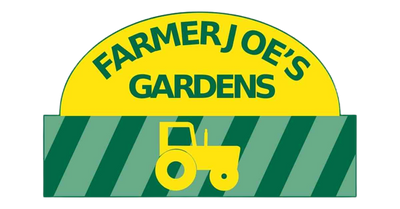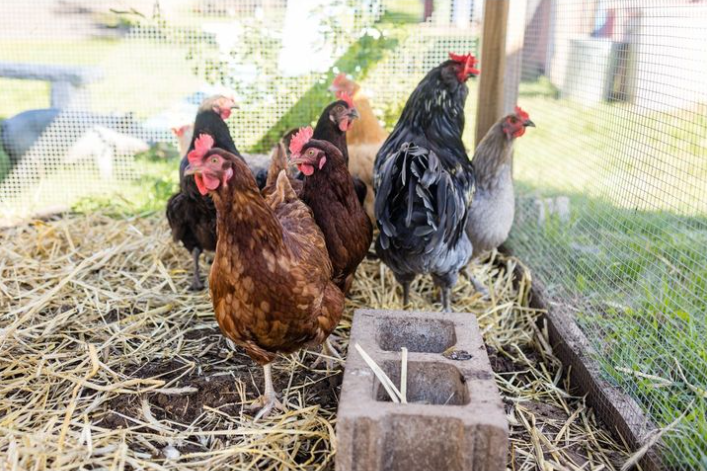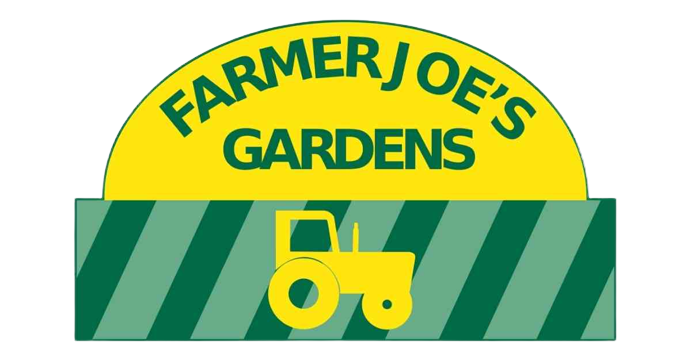As soccer parents, we spend a lot of time traveling to practices and coordinating game schedules. Over the bonding time, we created a great soccer family, and we get everyone together at least once each season for a pot-luck style party. During one of these parties, I was in the buffet line when I listened in to the little boys in front of me as they filled their plates.
It was obvious that it wasn't their first time through the line. One little guy said - "you've gotta try this, it's better than store-bought" as he reached for his third ear of corn. Another boy said, "have you tried that - my mom made me take some, and it is really good, I didn't think it would be good, it looks like somebody made it" as he pointed to my wife's peach pie.
My first reaction was to look around to make sure my wife did not hear that last comment as I know how long it takes her to make those pies. My second reaction was surprise at how few of us know the difference between store-bought and farm-fresh. From a farmer's perspective, here are 5 differences between store-bought and farm-fresh.
- Fresh picked is more nutritious. Most produce travels 1500 miles before it reaches the grocery store. This produce can be picked and waiting upwards of 10 days before it is available on the store shelves. Since produce loses 30 percent of nutrients three days after harvest, it is losing a lot of goodness before reaching your table.
- Your doctor tells you to fill half your plate with fruits and veggies - unprocessed foods people! Less salt, fat, and sugars are needed when you are working with whole fresh ingredients. You will eat more when it tastes good, and if someone walks you through a tested recipe that is easy to follow. Farm-fresh tastes better, and that helps fill that plate.
- You can pronounce all the ingredients when you make your own meal working with farm-fresh ingredients. Take a second and read the label on that package before you bring it home - if it is a shockingly long list of chemicals, can you make it yourself? Make your own pasta - flour and eggs (or make it from zucchini spirals or spaghetti squash shredded with a fork...). Add sauce from just tomatoes, basil, olive oil, garlic, and salt.
- You know exactly where your food is coming from, what’s in it, and how it is produced. Shake the hand of the person who picked or packed your food, and they will tell you which field it came from, how much more there is to pick, if they had enough water and how they cleaned it before it reached your hands. Grocery stores rely on year-round suppliers that often have little to no connection to the fields, and growing practices can be loosely managed as they switch between sources to maintain availability.
- You’re advocating for local businesses where your support is most tangible. Our entire farm team proudly call Connecticut home, so making a point to support neighbors – rather than large and/or non-local corporations – certainly adds up to a positive impact over time. It also tells us we are doing a good job as stewards of the land as we maintain the soils and choose good agriculture practices to feed ourselves and our community.
Those little boys are listening to everyone around them. We choose what we put in front of our families every day. I'm happy when I get to share that extra corn, fresh tomato salad, or even the last slice of fresh pie if it helps get folks talking about where their food comes from and what they love about it.


